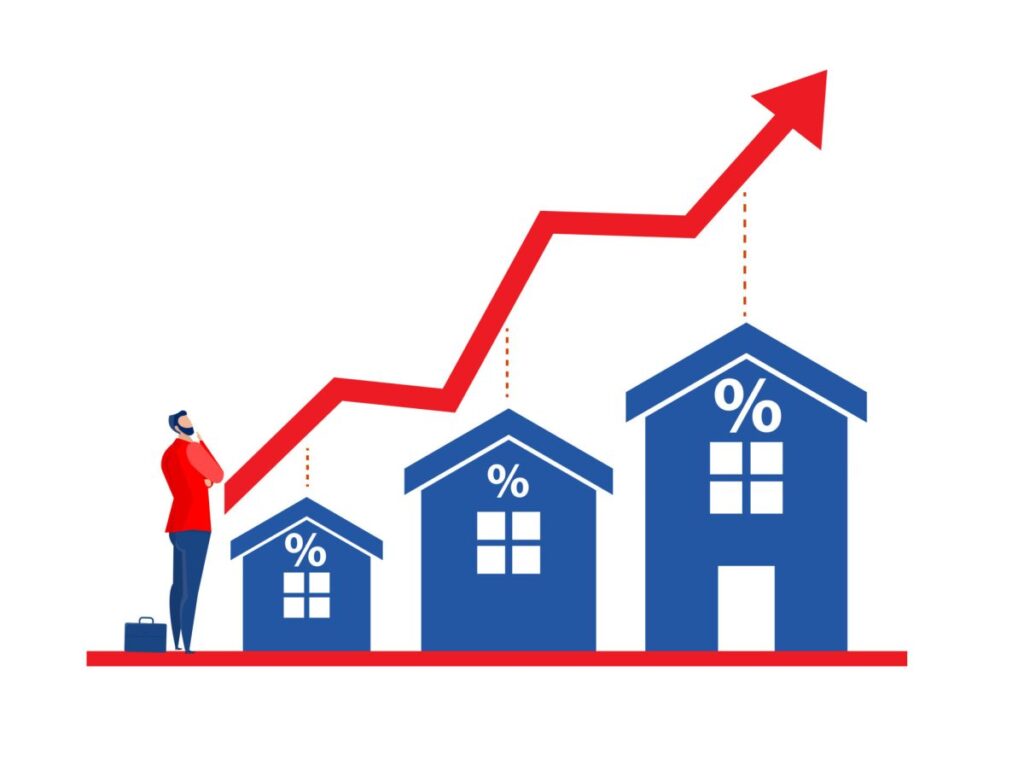The Benefits of Investing in Commercial Real Estate
Investing in commercial real estate has long been a lucrative strategy for investors seeking to diversify their portfolios and capitalize on the potential for higher returns. Commercial properties include office spaces, retail centers, warehouses, multifamily apartment complexes, and industrial buildings, each offering unique advantages and opportunities for growth. While commercial real estate may require a more substantial upfront investment than residential properties, the long-term financial rewards often make it a compelling choice for both seasoned and new investors. In this article, we explore the key benefits of investing in commercial real estate and why it remains an attractive option for investors.

1. Higher Income Potential
One of the primary reasons investors are drawn to commercial real estate is the higher income potential compared to residential properties. Commercial properties tend to generate significantly higher rental income due to longer lease agreements, larger tenant spaces, and businesses’ ability to pay more for prime locations. In many cases, businesses view rent as a necessary operating expense, making them more reliable and consistent tenants.
While residential real estate may involve leases of one or two years, commercial leases typically last five, ten, or even fifteen years, providing investors with a stable income stream. Additionally, the annual rental income for commercial properties can be considerably higher than that of residential properties, particularly in areas with high demand for office or retail space.

2. Appreciation and Value Growth
Commercial properties often experience stronger appreciation over time, especially in regions where economic growth and demand for business space are increasing. Well-located commercial properties in urban centers or areas experiencing infrastructure improvements can see their value rise substantially as local businesses expand and demand for commercial real estate grows.
Investors who strategically purchase properties in growing markets can benefit from both income generation and capital appreciation. The ability to add value through property improvements, renovations, or re-zoning can further enhance the property’s market value, giving investors more control over their investment’s growth.
3. Diversification of Investment Portfolio
Commercial real estate offers investors the opportunity to diversify their investment portfolios, spreading risk across different types of properties, tenants, and industries. By diversifying into commercial real estate, investors can reduce their reliance on the stock market and hedge against market volatility. This diversification is crucial in mitigating risk, especially when economic conditions are unstable or stock market performance is unpredictable.
Furthermore, within the commercial real estate sector, investors can choose from various property types, such as office buildings, retail centers, industrial warehouses, and multifamily apartments. Each of these property types responds differently to market conditions, allowing investors to build a balanced and resilient portfolio.

4. Long-Term Tenant Stability
Unlike residential properties, where tenants frequently move or change, commercial properties typically attract long-term tenants due to the nature of business operations. Businesses often sign longer lease agreements, usually ranging from five to fifteen years, which provides investors with a reliable and consistent source of income over an extended period.
This tenant stability reduces the risk of frequent vacancies, which can be a concern in residential real estate. Additionally, long-term tenants in commercial spaces often take better care of the property, as maintaining a professional appearance is essential for their business’s reputation and success. The long-term relationships established with tenants also reduce the costs associated with tenant turnover, such as advertising vacancies or making repairs for new tenants.
5. Triple Net Leases
Commercial real estate often operates under a lease structure known as a triple net lease (NNN), which significantly benefits property owners. Under a triple net lease, tenants are responsible for covering property taxes, insurance, and maintenance costs in addition to their base rent. This structure minimizes the landlord’s operating expenses, allowing investors to focus on maximizing rental income without worrying about the day-to-day upkeep of the property.
With the tenants assuming these financial responsibilities, property owners can enjoy higher profit margins and lower management costs compared to residential investments. Triple net leases are particularly common in retail and industrial properties, making these property types especially attractive to investors seeking passive income streams.
6. Tax Advantages
Commercial real estate offers several tax benefits that can enhance the overall return on investment. One of the key advantages is depreciation, which allows investors to deduct the cost of the property over its useful life, even if the property is appreciating in market value. Depreciation reduces taxable income and, consequently, lowers the investor’s tax liability.
In addition to depreciation, investors may also benefit from tax deductions related to property management, maintenance, insurance, and mortgage interest. Capital gains tax deferrals through 1031 exchanges also allow investors to sell a property and reinvest the proceeds into another property without immediate tax consequences. These tax advantages make commercial real estate a highly attractive investment for those looking to maximize their after-tax returns.
7. Inflation Hedge
Commercial real estate serves as an effective hedge against inflation. As inflation rises, the value of money decreases, but real estate values and rental income often increase. With long-term leases that include escalation clauses, landlords can adjust rents over time to keep pace with inflation. This ensures that rental income remains aligned with inflationary pressures, preserving the property’s real income value.
Furthermore, as property values tend to rise in inflationary periods, investors in commercial real estate can benefit from both increased rental income and property appreciation. This makes commercial real estate a valuable asset class for those seeking protection against the erosion of purchasing power caused by inflation.
8. Potential for Active Management and Value Creation
Commercial real estate offers investors the potential for active management and value creation, allowing them to take a hands-on approach to improving the property and increasing its income potential. Investors can implement strategies such as property renovations, upgrading facilities, or improving property management to enhance tenant satisfaction and attract higher-quality tenants. These improvements can lead to increased rental income and property value, offering investors the opportunity to maximize their returns.
In addition, commercial property owners can explore options such as adding new tenants, renegotiating lease terms, or expanding the property to increase income. These active management strategies provide investors with greater control over the success and profitability of their investment.
Conclusion
Investing in commercial real estate offers a range of benefits, from higher income potential and long-term tenant stability to tax advantages and protection against inflation. For investors seeking to diversify their portfolios, commercial real estate presents an attractive option with opportunities for both passive income and active value creation. While commercial real estate may require a more substantial initial investment, the long-term financial rewards and stability make it a compelling choice for investors looking to build wealth over time.

